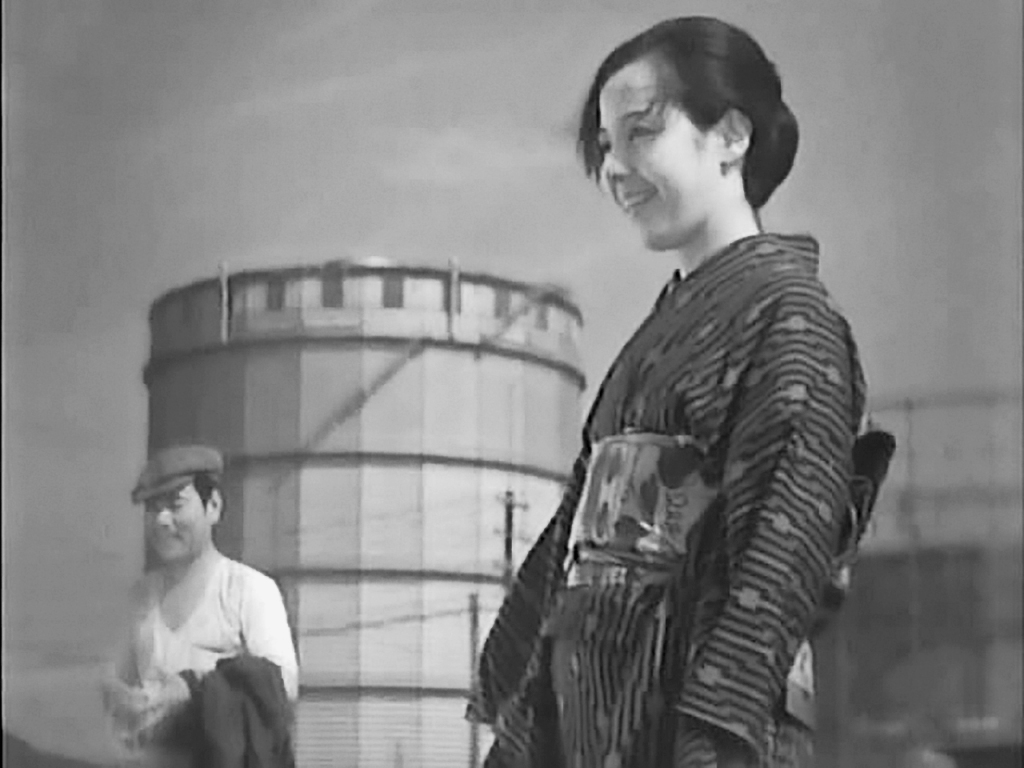 One of the best films I have ever seen about art is Julian Schnabel’s 1996 biographical drama Basquiat, which related the brief career of its titular New York contemporary artist. The film introduced me to Schnabel – a fine artist moonlighting as a film director – as well as its brilliant star Jeffrey Wright, of whom I remain an enormous fan. The film was beautifully staged and performed, with stunning work from an array of screen talent including David Bowie, Willem Dafoe, Michael Wincott, Parker Posey, Gary Oldman, and a host of others. It remains one of my favourite films; one I regularly loan out to friends to acquaint them with it.
One of the best films I have ever seen about art is Julian Schnabel’s 1996 biographical drama Basquiat, which related the brief career of its titular New York contemporary artist. The film introduced me to Schnabel – a fine artist moonlighting as a film director – as well as its brilliant star Jeffrey Wright, of whom I remain an enormous fan. The film was beautifully staged and performed, with stunning work from an array of screen talent including David Bowie, Willem Dafoe, Michael Wincott, Parker Posey, Gary Oldman, and a host of others. It remains one of my favourite films; one I regularly loan out to friends to acquaint them with it.
Schnabel has since maintaining both an artistic and a directorial career: He has made five more films (four features, one documentary) in the 23 years since Basquiat‘s release. His latest, his 2018 drama At Eternity’s Gate, returns his focus to biographing an artist; in this case, 19th century Dutch painter Vincent Van Gogh.
The film reunites him with Willem Dafoe, whose uncanny resemblance to the actual Van Gogh makes a stunning impression. He gives one of his all-time finest performances, portraying the man’s uneasy, awkward qualities and his furious obsession with laying painting on canvas. Dafoe has been one of the USA’s best dramatic actors for the duration of his career. At Eternity’s Gate is a vivid example of just how talented he is. The largely episodic nature of the story allows for a range of short guest performances by an array of talent, including Oscar Isaac, Mads Mikkelsen, and Mathieu Amalric. They all provide outstanding support.
Based upon Schnabel’s two efforts to date, I feel it is fair to think that if you want to have a feature film dive into the head of an artist then have it be directed by an artist. At Eternity’s Gate is a creative epiphany. It refuses to follow traditional film presentation. Instead it adopts a similar impressionistic aesthetic to Van Gogh’s own work. It does not just experiment; it plays. It plays with light, saturation, focus, and colour – adopting the artist’s famous love for yellow throughout. Some events the film details meticulously. Others it merely gestures towards. It is a narrative driven by emotion: Schnabel spends more screen time on a conversation between Van Gogh and the subject of one of his paintings than he does upon the circumstances of the artist’s death. (It is hopefully not a spoiler to admit than Vincent Van Gogh died in 1890 of a mysterious gunshot wound.)
Tatiana Lisovskaya’s pared-back, piano-dominated score largely stays out of the way and lets the film be dominated by its visuals. When it is not boldly adopting a first-person perspective, it is capturing Willem Dafoe in a variety of close-ups. In Van Gogh’s presence the picture strays and blurs, and angles list and rotate in unusual, hallucinogenic patterns. Schnabel and cinematographer Benoît Delhomme have collaborated to visualise not only the artist’s sense of light and colour, but his growing mental illness as well. It is profoundly strong filmmaking.
In the film’s final scene, and with Van Gogh dead, the photography suddenly seems to crisp and clear. A smooth tracking shot descends on an open casket and a body, surrounded by respectable ladies and gentleman perusing an array of paintings. It feels cold and clinical. Then a door opens, spilling the outside light onto a bouquet of sunflowers. Suddenly the image feels over-saturated. Things begin to blur slightly. Joy returns to the world again.





Leave a comment